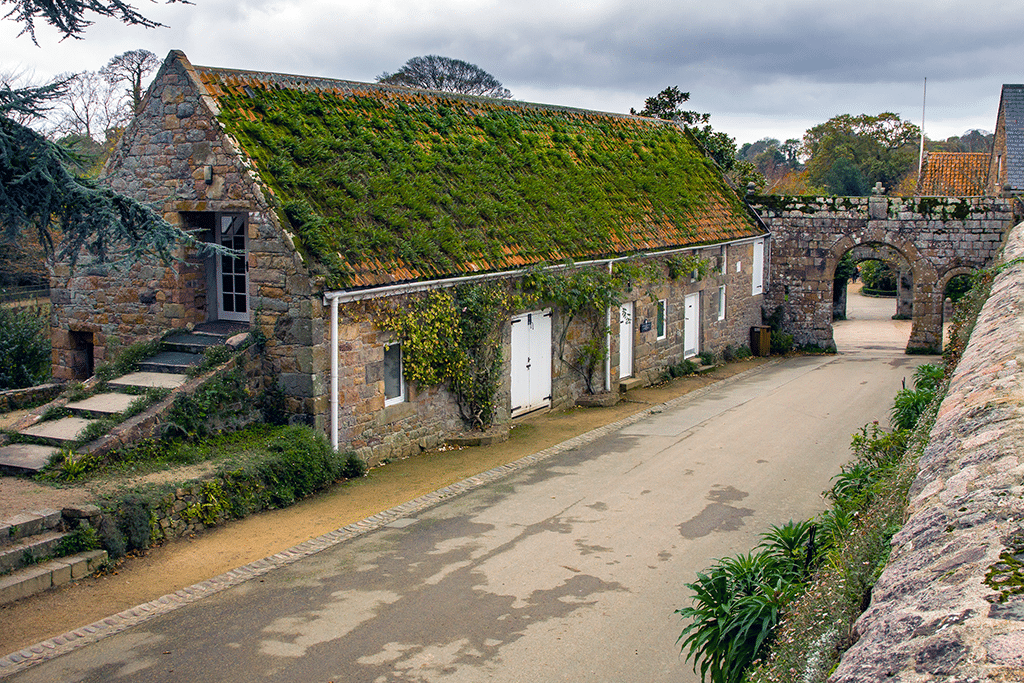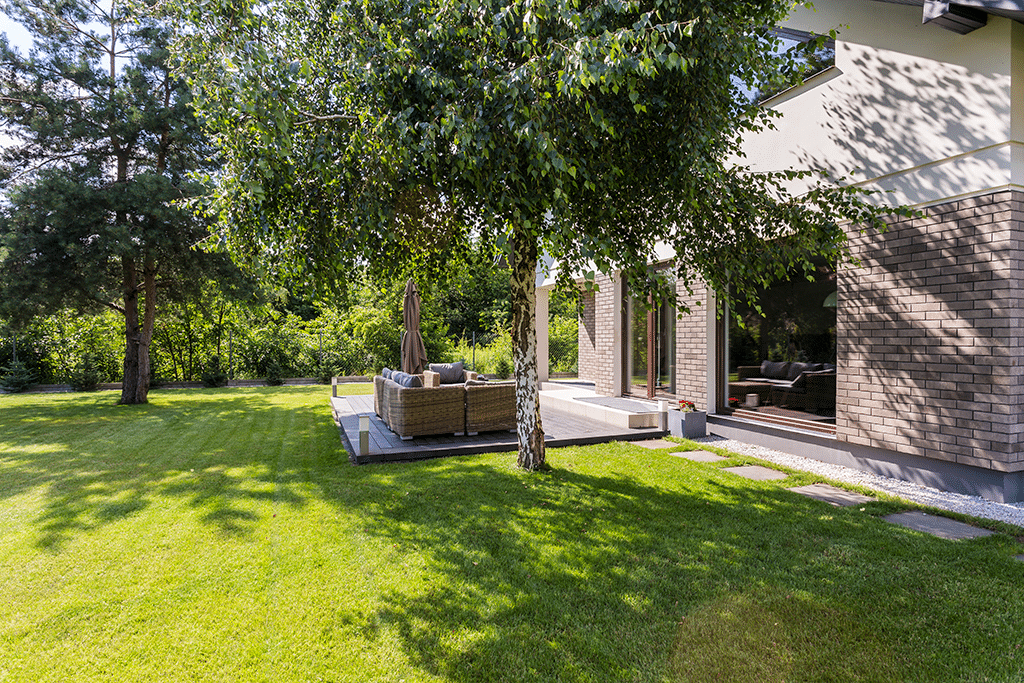When it comes to renovating a period property, do you know the rules?
Whether you’re upgrading a home that’s been in your family for years – or you’ve taken on an old house as a project, renovating a period property comes with a whole host of responsibilities. The status and location of your house is all-important. Whether it’s a listed building, in a conservation area or in Area of Outstanding Natural Beauty (AONB), your renovations may be governed by strict guidelines. But do you know what the rules are or where to get the permission you may need?
What’s a listed building?
Listed properties are considered nationally important – so the planning system puts additional legal protection in place to protect them. Buildings are listed for reasons of special architectural or historic interest and come in three categories – Grade I (for the most significant buildings), Grade II* and Grade II. Most domestic homes fall under the latter category, as these make up 92% of all listed buildings.
What does living in a listed building mean to me?
You cannot simply make changes to your listed home, without seeking permission. There are controls in place governing the changes that can be made – to the interior and exterior – and you will need to apply for consent before any work commences.
As a listed property owner, Listed Building Consent is required for most types of work that affect the ‘special architectural or historic interest’ of your home. This will be obtained from your local planning authority. The best place to start is by asking your local Conservation Officer if consent will or will not be needed. It’s a good idea to ask them upfront for guidance over what sort of work might be acceptable.
It’s not just structural building work that needs consent – if you’re thinking about upgrading your home’s energy efficiency, you will also need to check what you can and cannot do. Although there are things you can do to make your Listed property more energy efficient which is permitted – including having secondary glazing fitted.

What’s a conservation area?
Conservation areas are there to protect the unique characteristics of a place – so the integrity of its special architectural and historic interest remains.
What does living in a conservation area mean to me?
Planning controls and considerations are there to protect the place rather than the property – however, for a homeowner, this can mean that work carried out to the home’s exterior (including trees) will be under scrutiny and require permission.
If your home is in a conservation area, your house may be subject to Article 4 Directions. These mean that lots of types of work – from replacing a window to changing gutters – will need planning consent. Local authorities set Article 4 Directions themselves, to protect particular details of local buildings.

If you have a tree in your garden that you want to cut down or lop, you must contact your local planning authority at least six weeks before work commences. They will be able to advise if you can do this work – and whether it has a Tree Protection Order in place. And if you want to demolish your building in a conservation area, you will need Planning Permission. For a building in a conservation area that’s also listed, you will need Listed Building Consent, too.
What’s an AONB?
Throughout the UK, there are 46 locations designated as an Area of Outstanding Natural Beauty (AONB). An AONB is an area that’s been singled out for its impressive landscape, distinctive character or natural beauty – and safeguarded in the national interest.
What does living in an AONB area mean to me?
AONBs can cover a number of different local authorities, so when it comes to planning permission for changes to property, there is often a Board representing that particular area, who will be consulted when it comes to planning applications. This ensures consistency in the decisions that are made. If you’re not sure whether your home is in an AONB, our blog on the subject has links to an interactive map. You can also ask your architect or local authority – find details here.
Thinking of replacing or renovating sash windows and doors?
If you’re looking for advice on replacing or renovating timber windows and doors in your period property, call on an expert like Ventrolla with decades of expertise completing work on listed properties and those within conservation areas and Areas Of Outstanding Natural Beauty (AONB). Working closely with local conservation and planning officers, English Heritage, Historic England, Historic Scotland, and Cadw, Ventrolla can be trusted to reinstate and sustain unique architectural features, whilst simultaneously heightening historical value.

